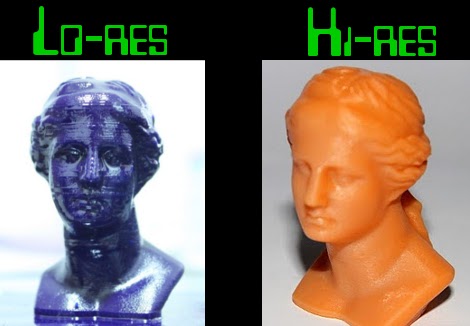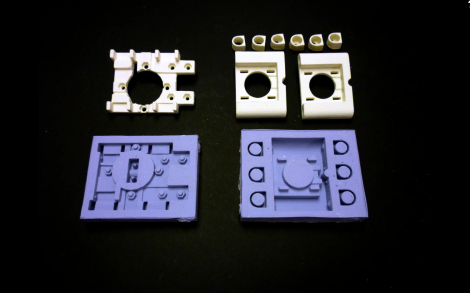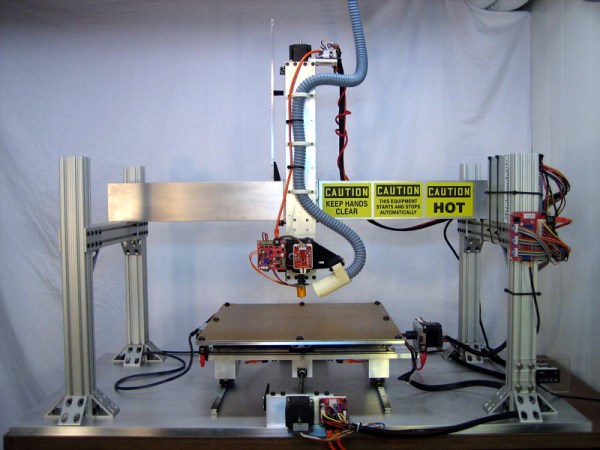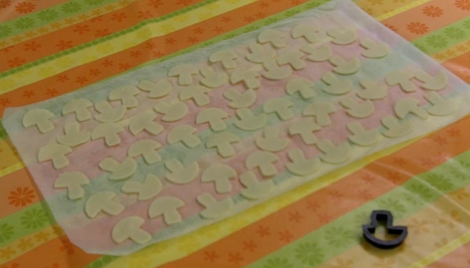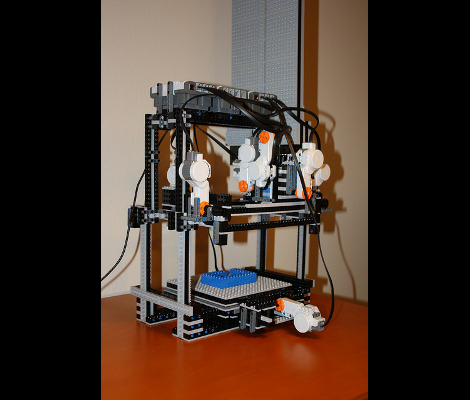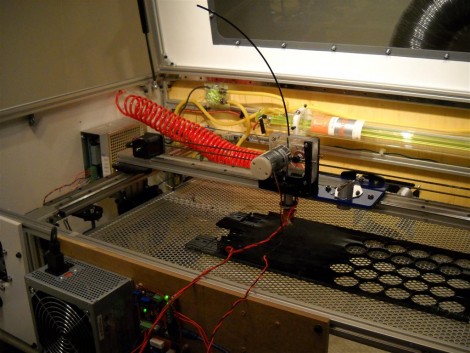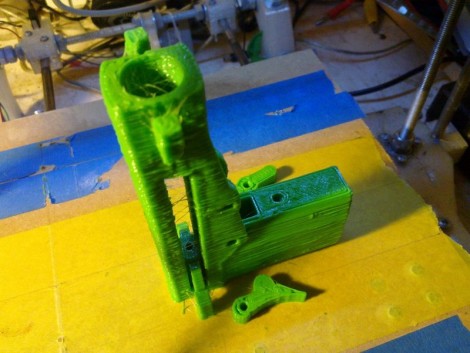
[Vik Olliver] adds a bit more power to what has traditionally been a store-bought toy by designing this printable dart gun. His design prints the follower in the track where it belongs, which means it’s not going to come loose unless the material itself fails. After printing you’ll need to clean up that track just a bit, and ream out the pivot holes for the trigger parts. Two pieces of filament are used as the axles for pivot points and can be melted in place after assembly. A third length of filament acts as a spring, making this a completely plastic gun. Well, not completely; a couple of strong rubber bands deliver the stored energy which sends the Nerf dart on its way. The design is parametric so you can adjust it for the dart dimensions of your choosing before printing begins.
If you still haven’t managed to boot-strap your own 3D printer don’t fret. You can always give this Nerf dart sniper rifle a try.

